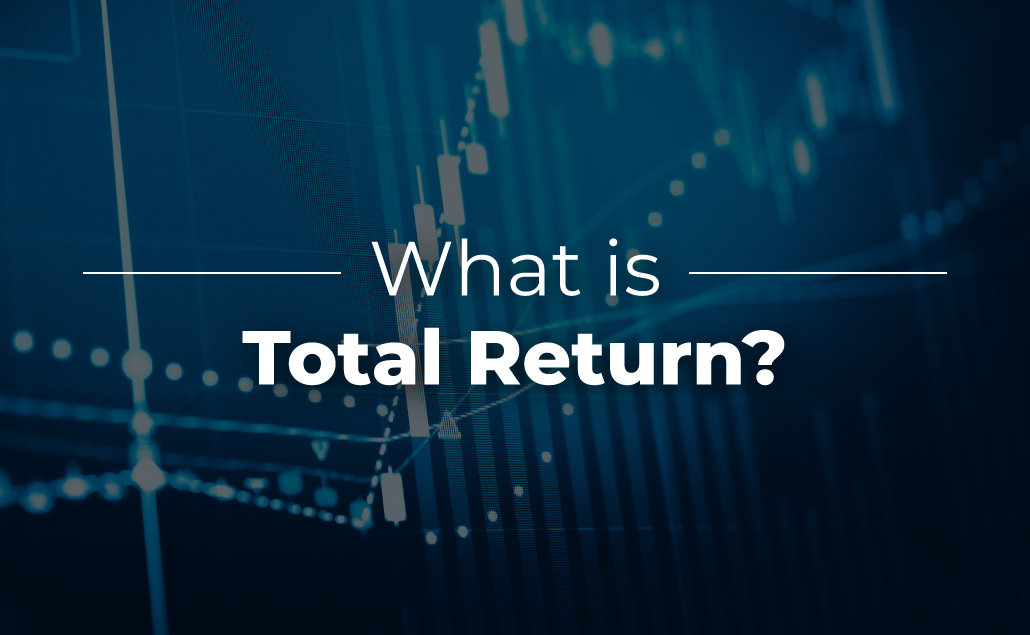Total Return is an important concept in finance quantifying the overall performance of an investment, taking into account both capital gains and income generated. It provides investors with a comprehensive view of how an investment has performed over a specific period, including dividends, interest, and any change in the value of the investment.
When evaluating total return, various elements should be considered. Capital gains refer to the increase in the value of an investment over time, which can occur when the price of a security rises above the initial purchase price, allowing investors to sell at a profit. On the other hand, capital losses occur when the value of an investment decreases. These losses can offset any gains.
Income generated from an investment plays a crucial role in total return analysis. Investors often receive income in the form of dividends from stocks or interest payments from bonds. This income adds to the overall return on the investment. Additionally, any reinvested income can further compound returns over time.
Total return analysis is crucial for investors as it helps them assess the true profitability of an investment. It enables them to compare different investments and make informed decisions based on their individual investment goals and risk tolerance.
Total return analysis is particularly important for long-term investors focused on growing their wealth over time. By understanding the total return of their investments, investors can make informed decisions about portfolio allocation, asset diversification, and risk management.
What is an Example of Total Return?
Total Return is often expressed as a percentage. For example, if an investment has a total return of 10% over one year, it means that the investment gained 10% in value. This includes any income earned from the investment, such as dividends or interest payments.
As another example, an investor invested $1,000 in a stock that pays a 2% dividend annually. After one year, the stock price increased by 10%. In this case, the total return on this investment would be 12% ($100 from capital gains + $20 from dividends = $120 total return).
The total return takes into account both the increase in the investment’s value and any income generated, giving you a comprehensive view of the investment’s overall performance. By including both capital gains and income, total return provides a more accurate measure of how well an investment has performed over a specific period.
Related Topics | Keep learning more with Eurotrader
Check out our resources below for more information and much more on the basics of trading!
How do you Calculate the Total Return of a Stock?
The total Return of a stock can be calculated by taking into account two components: capital appreciation and dividends.
To calculate the capital appreciation, subtract the initial purchase price of the stock from its final sale price. This value represents the overall increase or decrease in the stock’s price over the given period.
Next, consider the dividends received during that period. Add up all the dividends received from owning the stock.
Finally, add the capital appreciation and dividends together to get the Total Return of the stock.
What is The Formula for Total Return?
To calculate the Total Return, you need to consider the following formula:
Total Return = ((Ending Value – Beginning Value) + Dividends or Interest) / Beginning Value
For example, you invested $10,000 in a stock at the beginning of the year. At the end of the year, the stock increased in value to $12,000, and you received $400 in dividends for the year.
Using the formula for Total Return, we can calculate:
Total Return = (($12,000 – $10,000) + $400) / $10,000
= ($2,400 + $400) / $10,000
= $2,800 / $10,000
= 0.28
Therefore, the Total Return on your investment would be 28%. This takes into account both the capital appreciation of the stock and the dividends received.
Disclaimer
Eurotrader doesn’t represent that the material provided here is accurate, current, or complete, and therefore shouldn’t be relied upon as such. The information provided here, whether from a third party or not, isn’t to be considered as a recommendation; or an offer to buy or sell; or the solicitation of an offer to buy or sell any security, financial product, or instrument; or to participate in any particular trading strategy. We advise any readers of this content to seek their advice.


